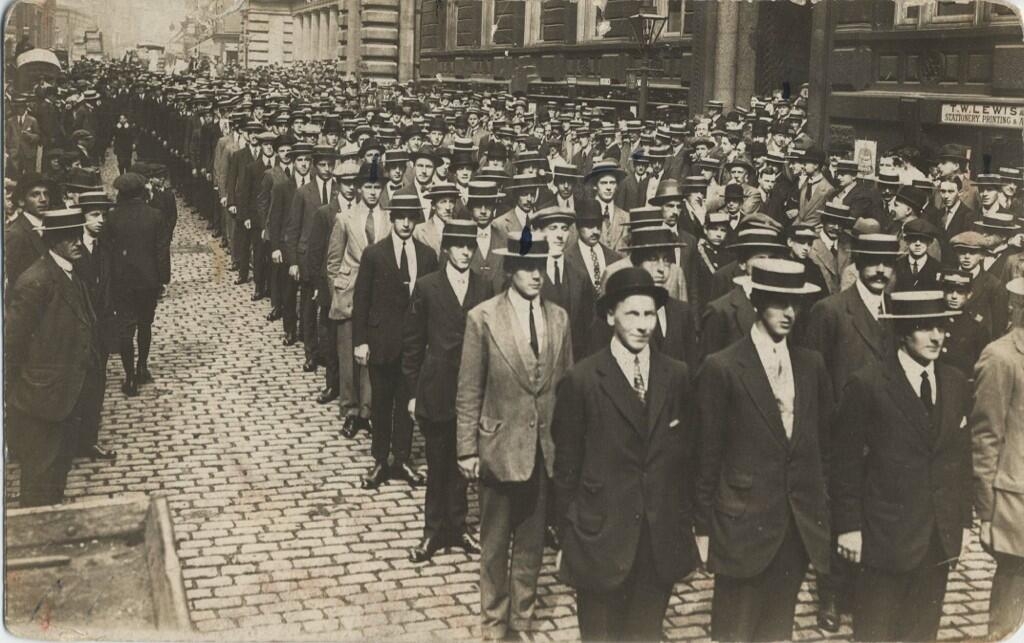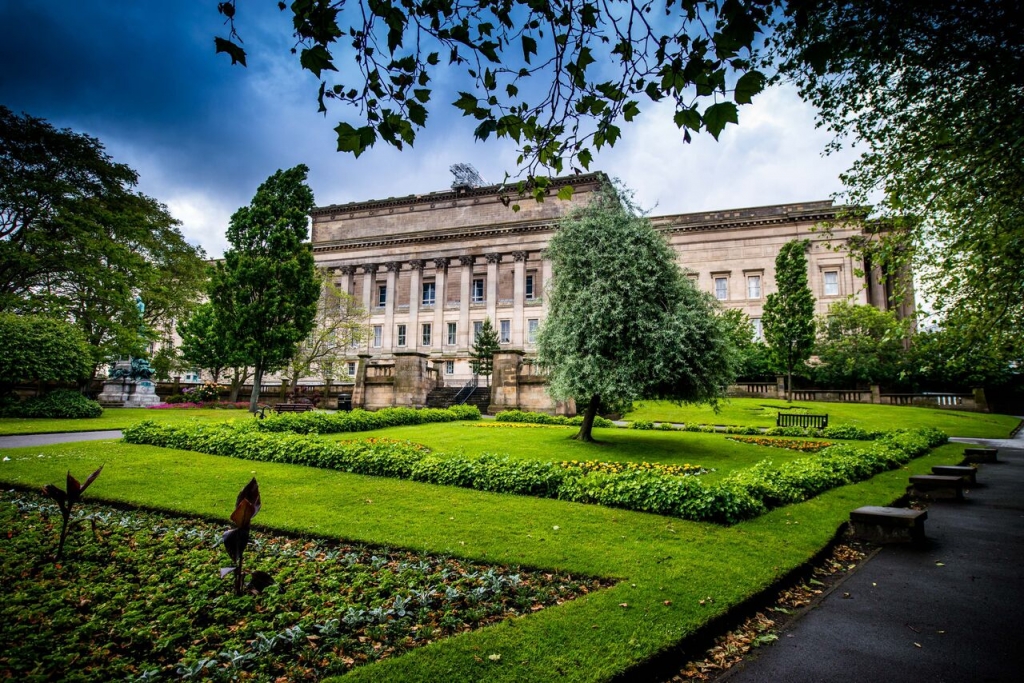 Located in the heart of Liverpool city centre, opposite the gateway to the city, Liverpool Lime Street Station, St George’s Hall sits proudly within Liverpool’s cultural quarter and it’s UNESCO World Heritage site. The Grade 1 listed building was built in 1854 and is regarded today as one of the finest examples of neo classical architecture in the world. This iconic building has long been the place of the people of Liverpool to meet at times of great sorrow and great celebration.
Located in the heart of Liverpool city centre, opposite the gateway to the city, Liverpool Lime Street Station, St George’s Hall sits proudly within Liverpool’s cultural quarter and it’s UNESCO World Heritage site. The Grade 1 listed building was built in 1854 and is regarded today as one of the finest examples of neo classical architecture in the world. This iconic building has long been the place of the people of Liverpool to meet at times of great sorrow and great celebration.
The History behind the Hall
During WW1 St George’s Hall become the rallying point for the famous Liverpool PALS, when speakers including Lord Derby and Lord Kitchener appealed for 100,000 men to form a new army. Kitchener returned to Liverpool in March 1915 to inspect nine Battalions on the Plateau outside the Hall. Men from all over the region who worked together enlisting in Lord Derby’s ‘PALS’ Battalions would travel to St George’s Hall to sign the attestment papers.
 Throughout the war public lectures were given at St George’s Hall including a 1918 speech by Lord Denbeigh who spoke on ‘German aims and the causes of the war and the dangers of a premature peace’. Exhibitions, such as the Welfare Exhibition of February 1917, concerts and performances for wounded servicemen and nurses continued at the Hall as it maintained its importance as the hub of the community of Liverpool.
Throughout the war public lectures were given at St George’s Hall including a 1918 speech by Lord Denbeigh who spoke on ‘German aims and the causes of the war and the dangers of a premature peace’. Exhibitions, such as the Welfare Exhibition of February 1917, concerts and performances for wounded servicemen and nurses continued at the Hall as it maintained its importance as the hub of the community of Liverpool.
In November 1915 a captured German gun was exhibited on the Plateau outside St George’s Hall and less than one year later, in October 1916, a Fokker plane was also exhibited inside the Hall, although initially outside, it was later moved inside with other war memorabilia due to high winds. Throughout the war, St George’s Hall continued to act as a rallying point for Liverpool residents with ‘Julian’ the tank being housed on the Plateau in 1917 to advertise war savings. Crowds would flock to see the tank and ‘feed it’ war savings and bonds. During 1917, the King and Queen travelled to Merseyside to visit Cammell Lairds, a munitions factory, hospital and Liverpool Town Hall before visiting St George’s Hall to present military models.
 Looking after the health and safety of the recruits sometimes fell on the Hall itself with the YMCA helping to provide refreshments for young soldiers enlisting on the Plateau of the Hall in 1918 before the stunning halls become the home from home for concerts which were put on for American soldiers in the area with a Thanksgiving service and march past on the Plateau.
Looking after the health and safety of the recruits sometimes fell on the Hall itself with the YMCA helping to provide refreshments for young soldiers enlisting on the Plateau of the Hall in 1918 before the stunning halls become the home from home for concerts which were put on for American soldiers in the area with a Thanksgiving service and march past on the Plateau.
More recently over 25,000 people gathered outside the Hall when John Lennon was killed and in excess of 65,000 witnessed Liverpool’s spectacular European Capital of Culture People’s Opening in 2008. In more recent times it was where the people of Liverpool came together to listen to the verdict of the Hillsborough Independent Panel in 2012. Inside the Hall in 2014 more than 40,000 visited the Grandmother Giant during the Memories of August 1914 event in just 2 days.
The plateau at the front of St George’s Hall also features the Liverpool Cenotaph, established in 1927, one of the most noted and respected in the country (outside London) and has recently been awarded Grade 1 status.
Transitioning from the classic to the contemporary, Lime Street station, opposite the Hall, now proudly houses the Liverpool PALS Memories, unveiled on 28 August 2015, 100 years since the formation of the PALS Regiment.

